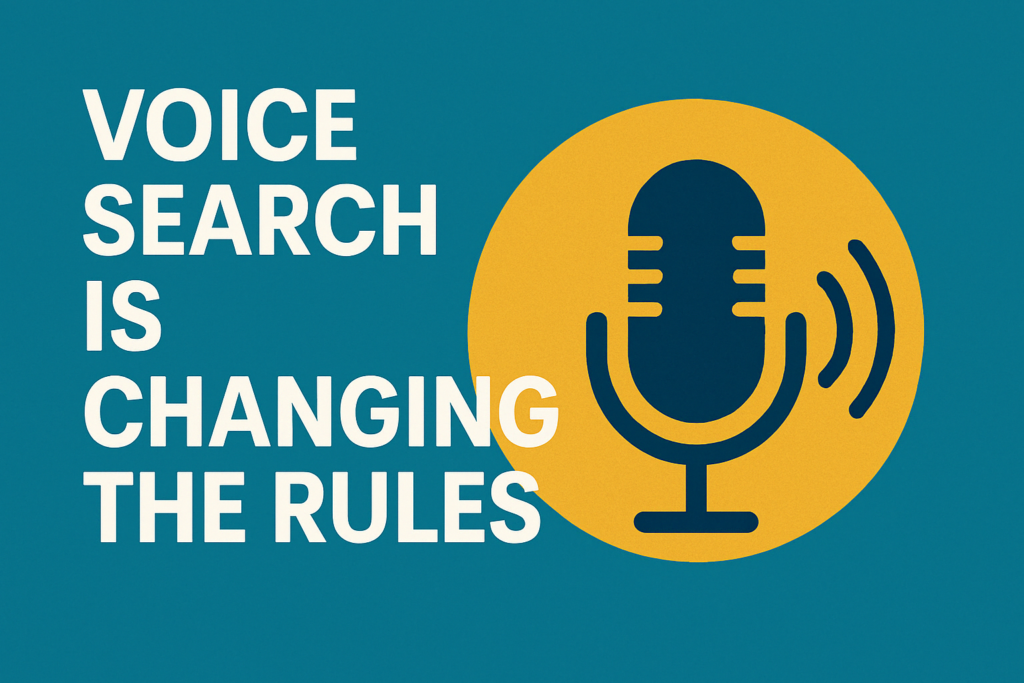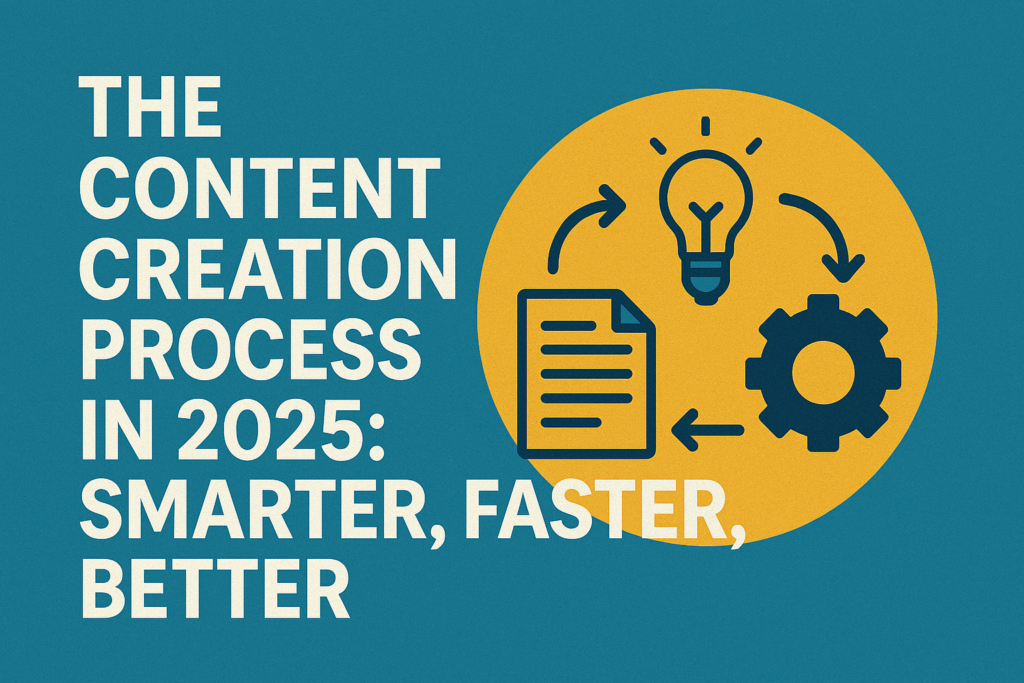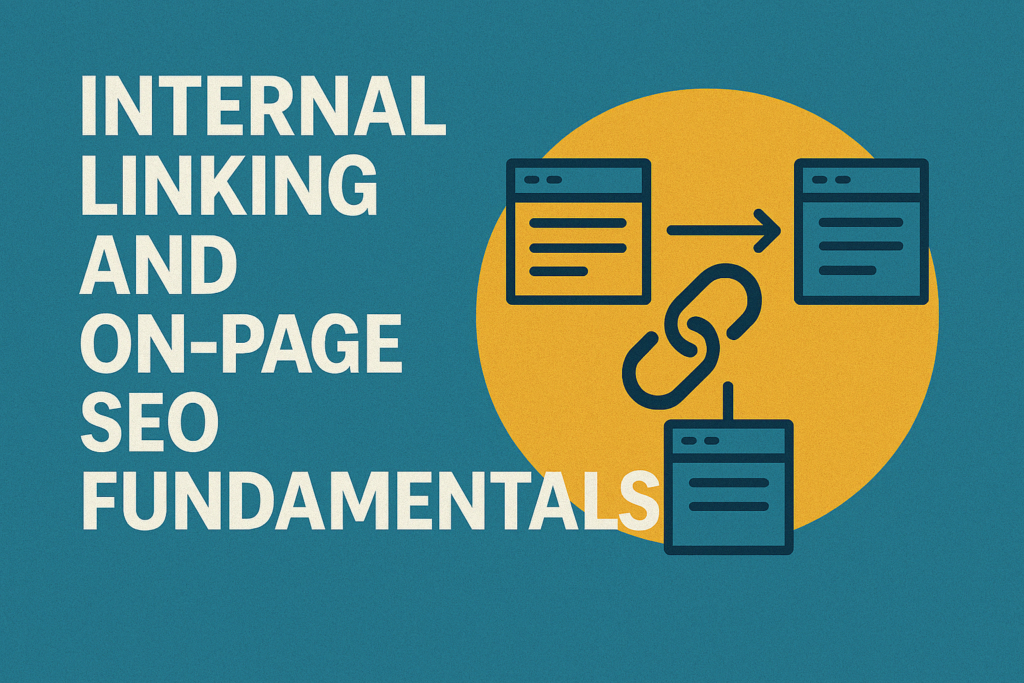Stay Ahead of the Curve: Effective SEO Strategies for 2025
Ranking on Google isn’t as easy as it used to be. One day, you’re on the first page, the next you’ve slipped into digital silence. For many businesses, this sudden drop in visibility means fewer leads, less traffic, and lost revenue. The truth is, what worked last year might hurt you today.
Search engines keep changing how they rank and read content. They’re constantly updating the way they decide what shows up first and what gets pushed aside. If your strategy doesn’t keep up, it’s easy to lose visibility, relevance, and the audience you worked hard to reach.
Meanwhile, online competition keeps growing. New tools, smarter systems, and users who know exactly what they’re looking for have raised the bar across the board. Only putting out content isn’t enough anymore.
To keep up, marketers and content creators need more than short-term fixes. They need to plan. That starts with understanding how people search, what search engines value, and which tools can help you work faster and more effectively.
In this guide, you’ll find real strategies that match the way search works today. From voice search optimisation to intent-focused content and smarter use of AI tools, each tip is here to help you stay visible and reach the right people.
Voice Search Is Changing the Rules

The way people search online has changed, and voice is now leading that shift. Users are speaking to their phones, smart speakers, or other devices to get quick, useful answers. They might ask Google Assistant for family law advice or use Siri to find a nearby legal service.
This change calls for a new approach to SEO. Spoken searches sound natural and are often longer than typed ones. Instead of searching for a “divorce lawyer in London,” someone might ask, “Who is the best divorce lawyer near me for custody issues?”
To stay visible, your content needs to match how people talk. Use full, question-based phrases, keep your language simple, and provide clear answers. Voice search is already shaping the way people find help, so your firm must be ready.
To optimise for voice:
- Think conversational: Build content around how people naturally ask questions.
- Use long-tail keywords: These provide the full context of voice-based queries.
- Target featured snippets: Direct, clear answers often get selected for voice results.
- Optimise for mobile and local: Many voice searches happen on smartphones and focus on nearby solutions.
- Utilise AI tools: Modern SEO platforms support natural language processing and voice-based keyword research.
Voice search represents a wider shift toward faster, intuitive interactions. Brands that speak the user’s language, literally and figuratively, will earn trust, clicks, and conversions.
Creating Content with Intent, From Keywords to Conversion
In 2025, good content speaks directly to what the user needs. Search intent has become a major part of SEO. It helps you focus on creating content that is relevant and helpful.
It all begins with understanding what the person is trying to do. For example, someone searching for “how to fix a leaky tap” wants a step-by-step guide. This shows informational intent. On the other hand, someone searching for “the best plumber near me” is ready to hire help. That’s commercial intent. Matching your content to these goals makes it useful and likely to appear in the right searches.
Many now offer insight into what users expect when they type certain queries. This helps you plan content that gives real answers instead of just filling a page.
Tools that use AI can also make content creation easier. They can help you build outlines, draft posts, or organise topic ideas. However, these tools work best when combined with human input. AI can set the structure, but people add the meaning and the connection.
After publishing, keep checking what’s working. Use Google Analytics to see how people interact with your content. Look for gaps, update old pages, and test new ideas. When each post is created with a clear purpose, your website becomes a place people trust.
The Content Creation Process in 2025: Smarter, Faster, Better

For modern content teams, the challenge is creating consistently and meaningfully. The solution lies in refining the process itself.
Start by building a repeatable content strategy. Plan topics around seasonal trends, product updates, or community insights. Use shared platforms like Google Docs or Notion to centralise collaboration, streamline editing, and maintain a clear publishing calendar.
Tools are essential, but they’re only part of the picture, some of the successful terms:
- Use AI content creation software (like Jasper or Copy.ai) to produce drafts, headlines, and SEO analysis quickly
- Build flexible content templates that work for social media posts, product pages, and long-form blog posts
- Create a workflow that blends human writers with automation to maintain quality and tone
- Add multimedia such as video content early in the planning process rather than at the end
This hybrid model creates room for cost savings and greater speed without compromising on quality. It also reduces creative bottlenecks and helps teams stay focused, even with limited resources.
At Dashboard Co-op, our team is ready to support this kind of efficiency. We enable distributed teams to work faster, share ideas clearly, and adapt their content to different formats with ease.
AI Tools and Platforms That Elevate Your SEO
AI is no longer a novelty in SEO. It is a requirement. When you’re analysing performance or drafting metadata, the right platforms help you move faster, make better predictions, and publish with focus.
Here are several AI tools making a measurable impact in 2025:
- Surfer SEO: Offers keyword analysis, content scoring, and SERP intelligence
- Frase.io: Helps identify gaps in your content, generate outlines, and assess search intent alignment
- MarketMuse: Provides deep research and content performance forecasting
These tools use machine learning and natural language processing to help you work smarter. As a result, you get early insight into what users need and how Google is likely to rank your content.
Use them to:
- Optimise outlines for both voice and traditional SEO
- Generate AI-generated text, idea clusters, and outlines with topic depth
- Analyse search intent behind top-ranking content
- Audit specific pages and improve internal linking based on site performance
When paired with automation-ready platforms, AI becomes a practical way to scale SEO efforts without losing your voice or focus.
Internal Linking and On-Page SEO Fundamentals

Smart tools and advanced strategies are valuable, but strong SEO still starts with fundamentals. Internal linking, clean structure, and solid on-page optimisation continue to be some of the most effective ways to support visibility and performance.
First, build a logical structure for your site. Every page should be reachable in a few clicks from your homepage. Use anchor text that clearly describes what the user will find, helping both people and search engines.
Key elements to include:
- Internal linking: Creates context between pages and increases engagement
- Title tags and headings: Should reflect your main keywords and match user expectations
- Alt text: Enhances accessibility and improves image-based indexing
- Meta descriptions: Encourage clicks from the search engine results page, even if they do not directly influence ranking
- Clear URLs: Keep page addresses readable, keyword-aligned, and free from clutter
You can use SEO audit tools like Ahrefs or SEMrush to review and improve your current on-page elements. When integrated with platforms like Dashboard Co-op, these updates can be implemented efficiently across your content ecosystem.
Scaling Without Sacrificing Quality
As your content library grows, the real challenge is consistency. Scaling without losing your message or brand voice is a hurdle many organisations face. But with the right systems in place, it’s absolutely achievable.
Start by documenting your content strategy. Outline tone, formatting rules, content types, and main themes. Share this guide with internal teams and external contributors to keep everyone aligned.
Use collaborative platforms like Dashboard Co-op to:
- Streamline assignments and approvals
- Control versions of large or shared documents
- Store reusable content like product FAQs or service descriptions
You can also:
- Use Google Docs or Coda to centralise drafts, feedback, and references
- Set up templates for content types such as case studies or blog posts
- Combine AI-generated content for efficiency with human writers to preserve the brand tone
Sometimes, scaling means improving what already exists. An older blog post updated with new insights and better internal linking can often outperform brand-new content.
Growth doesn’t have to lead to chaos. With stronger systems and thoughtful reuse of high-value content, you can scale smoothly without sacrificing quality or clarity.
Stay Ahead of the Curve: Effective SEO Strategies for 2025
The SEO environment in 2025 will be driven by intent, speed, and smarter content. Those who adapt quickly will build stronger visibility, reduce costs, and create better connections with their audience.
Voice search, intent-focused keywords, automation, and collaborative content tools are no longer optional. They’re essential. The time to adjust your strategy is now.
Your next step? Put these ideas into action. Start with one page or one campaign. Measure what works, then improve.
If you want support turning strategy into systems, contact Dashboard Co-op. Our platform helps digital teams simplify their workflows, reduce content friction, and publish efficiently. Whether you’re a lean team or a large organisation, Dashboard Co-op gives you the tools to deliver high-quality SEO content with less effort.